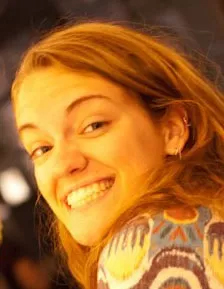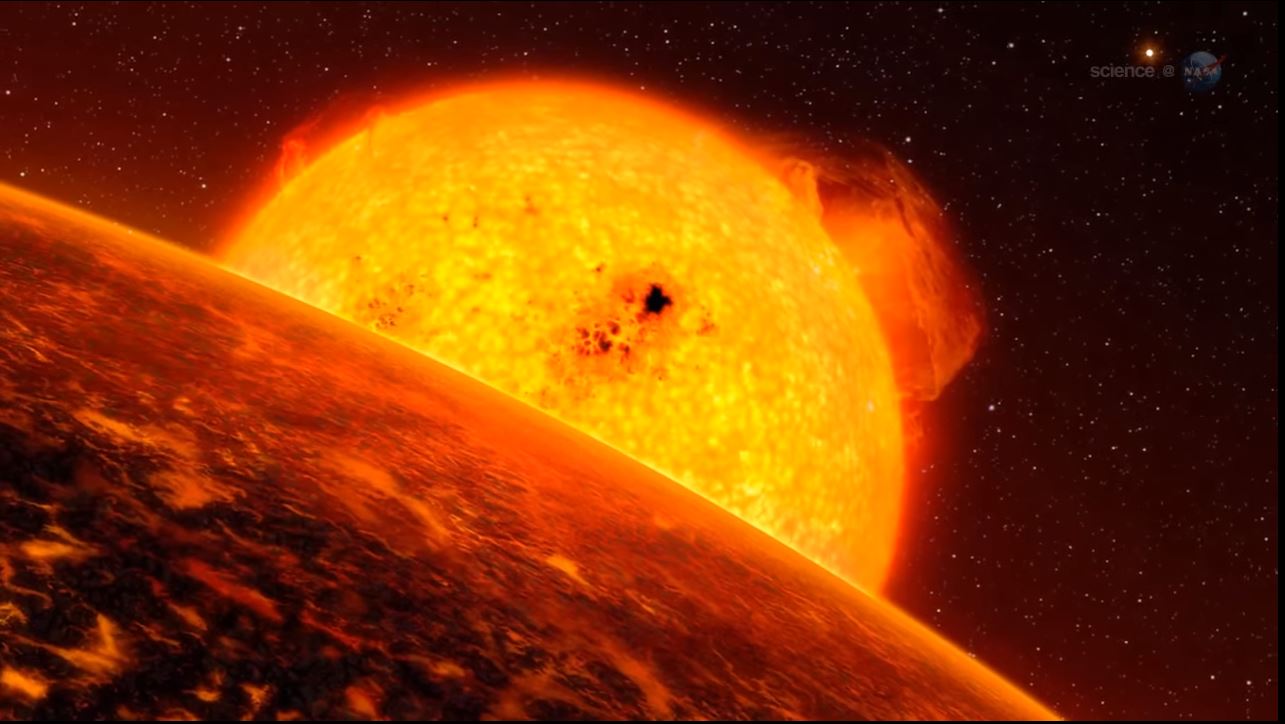Spectacular Time-Lapse Video Shows Earth Through an Astronaut's Eyes
Watch auroras glitter, clouds ebb and flow, and lightning flash over the Earth's surface in an incredible time-lapse video of the planet taken from aboard the International Space Station.
Astronaut Alexander Gerst of the European Space Agency took over 12,000 photographss during his six-month stay on the space station, and the photos were stitched together into the spectacular video of Earth from space. The 6-minute video captures brilliant sunrises, sparkling cities at night and the thin strip of atmosphere that coats the Earth in a protective layer that blocks dangerous solar radiation from reaching the surface.
ESA production workers used several artistic effects when putting the time-lapse video together, and the result includes dancing auroras and stunning light trails that are created by superimposing images and tweaking the fade-in and fade-out timing.
In between conducting scientific experiments and maintaining the space station, Gerst set up cameras that automatically snapped photos of the Earth at regular time intervals. These photo sequences were used to create the unique perspective of time-lapses of stars, oceans, weather, and surrounding spacecraft and celestial objects, all from the perspective of the space station's windows.
The video also reveals some of the intricacies of the space station that orbits 250 miles (400 kilometers) over Earth. Two satellites are also launched during the time-lapse video.
Gerst served as the flight engineer for Expeditions 40 and 41 to the space station. He left Earth in May 2014 and spent six months living and working aboard the orbiting lab before returning to Earth.
The time-lapses are part of Gerst's "Blue Dot" mission, named for astronomer Carl Sagan's famous description of Earth as a "pale blue dot" as seen from space. Sagan's description was inspired by a picture captured by NASA's Voyager spacecraft when it was over 3.7 billion miles (6 billion km) away from Earth.
Breaking space news, the latest updates on rocket launches, skywatching events and more!
Gerst's Blue Dot mission also included several biology and human physiology experiments; the astronaut is still wrapping up some of the experiments.
Follow Kelly Dickerson on Twitter. Follow us @Spacedotcom, Facebook or Google+. Originally published on Space.com.

Kelly Dickerson is a staff writer for Live Science and Space.com. She regularly writes about physics, astronomy and environmental issues, as well as general science topics. Kelly is working on a Master of Arts degree at the City University of New York Graduate School of Journalism, and has a Bachelor of Science degree and Bachelor of Arts degree from Berry College. Kelly was a competitive swimmer for 13 years, and dabbles in skimboarding and long-distance running.
